Ramah in the Rockies is a Colorado-based camp that is deeply committed to reducing their carbon footprint. In 2012, they designed and installed an innovative solar hot water system. Using commercial grade 500-gallon drinking-water bladders and a solar hot box, the 2012 system already successfully increased the water temperature of 45 degrees to upwards of 85 degrees. They supplemented the solar heat with conventional energy to increase the water to 104 degrees, the temperature needed for adequate hot water during showers. They estimated that by using this innovative technology, they consumed 25-33% less energy at the shower house. While happy with the successes they had realized so far, they wanted to improve the solar hot water design and system at their camp. The Gendler Grapevine Project helped them achieve that goal.
With their grant, Ramah in the Rockies improved the efficiency of their design and expanded its use to other places in the camp. These changes resulted in water being heated to over 90 degrees, thereby further reducing their carbon footprint. In addition, they developed educational programming about the system and promoted its design to other camps. To do so, they posted signs explaining how the system works and the intentionality of conservation, which served as an educational tool for the campers and staff. The educational programming will be fully implemented in the summer of 2014.
The development of this system was especially important during Shabbat. As a Sabbath observant camp, they needed to ensure that that all members of the community could shower (preferably with hot water) in a short period on Friday afternoon. With the expansion of the system, everyone at Ramah in the Rockies was able to take a hot shower erev Shabbat.
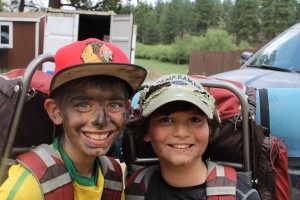
Campers at Ramah in the Rockies play hard and get dirty. The showers, heated by solar hot water are appreciated by campers and staff alike.
With the success they’ve realized with the solar hot water system, they’re beginning to plan for a similar system near the dining hall and perhaps the new staff house.
To learn more about the project and read a step-by-step guide on how you can replicate this project, click here.

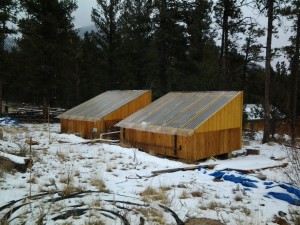
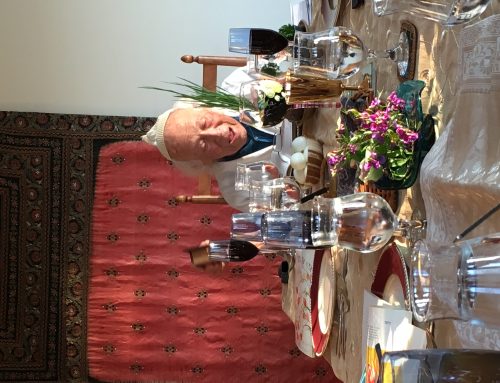
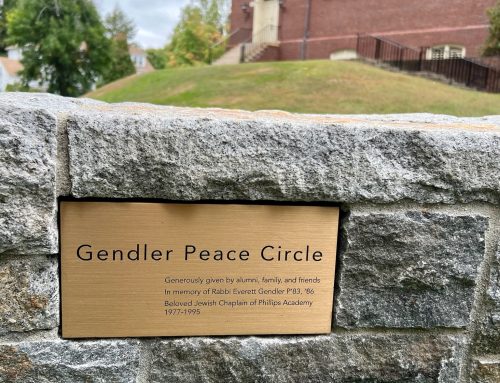
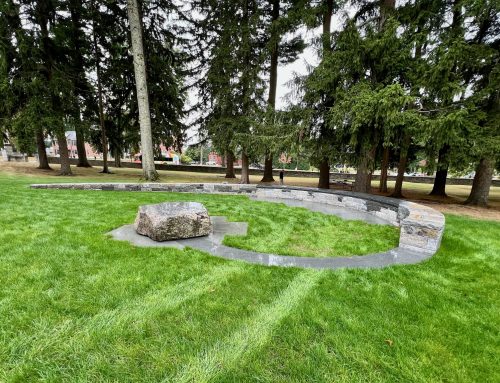
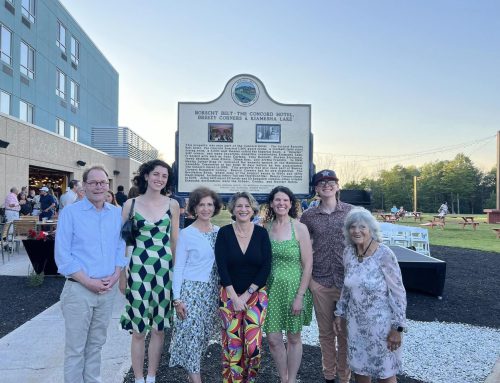

do you have the plans for this? are they freely available? could you please send them to me? thanks
Hi. We are happy to make the plans available to other not-for-profit institutions to use on their own. We would love to commercialize this as well, but for now, they are only available for free to other 501C3’s. Be in touch with me directly and I can see what we can send you.
if most of your hot water is for showers why not install showers with heat recovery floor pans and self regulating temperature controls—this will reduce hot water use when the hot water supply is 120 to 140F. It will not reduce the useage when the supply water is 100 F. google gray water heat recovery
What’s the difference between this system and the standard Israeli “dood shemesh” – solar water heater – that we see on the roofs of every Israeli building?